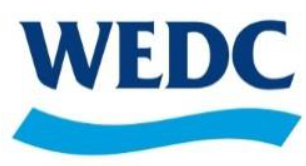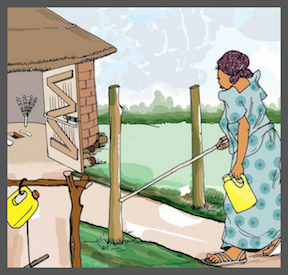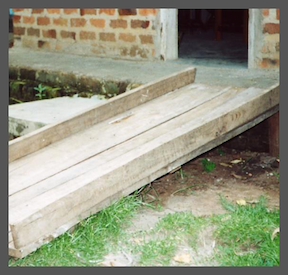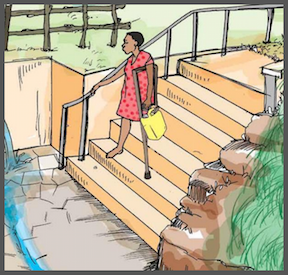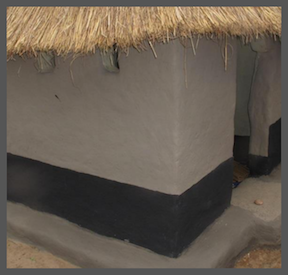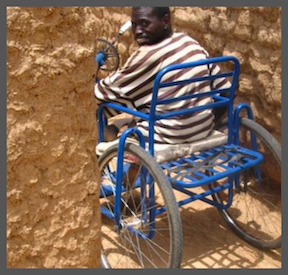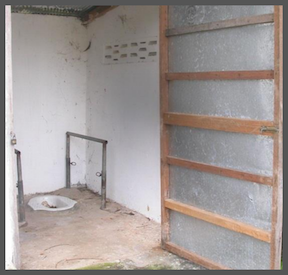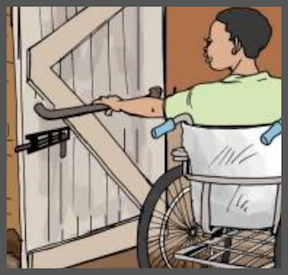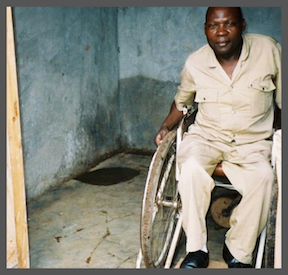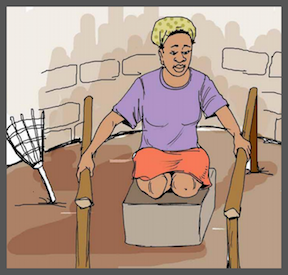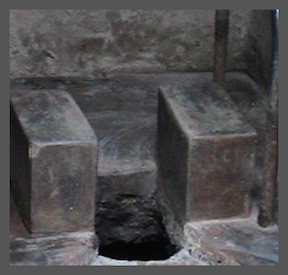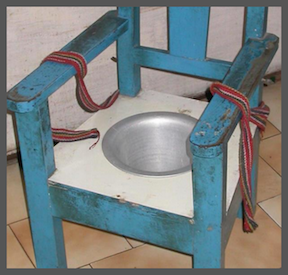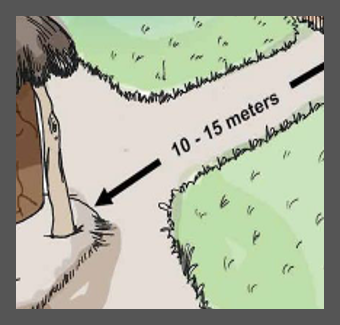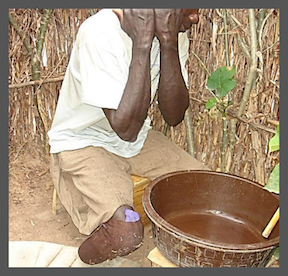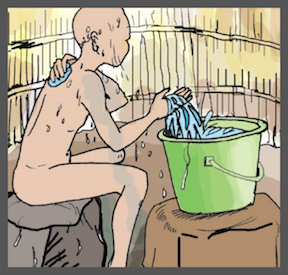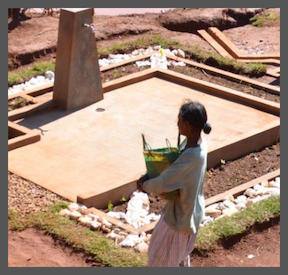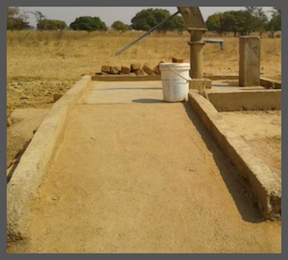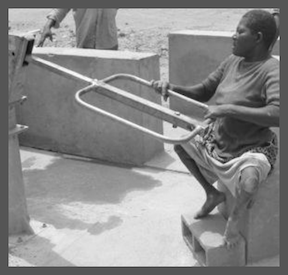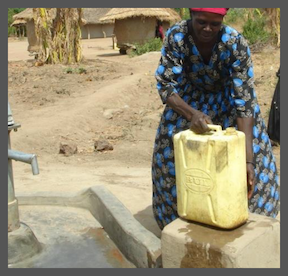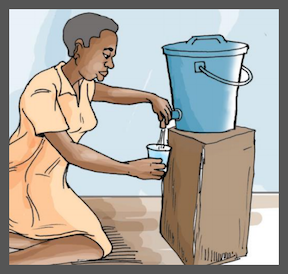Accessible WASH Design
The Accessible WASH Design pages are useful for disabled, elderly, the sick, and children - all those who need special help with accessing and using sanitation facilities. It is made for use by staff, working directly with communities - e.g. health workers and community volunteers working with disabled and older people and their families in rural areas of sub-Saharan Africa, and beyond. Most of the ideas are suitable for disabled and older people, but are not only for them. As we get older, many of us find it increasingly difficult to squat and balance, or we might be injured or sick.
These technologies might also make facilities easier and more comfortable to use by everyone in the family. The ideas are designed to be suitable for household facilities, not for institutional facilities - e.g. schools and clinics - although some ideas might also be useful in these settings.
| Guidelines for use |
Guidelines for use
The compendium can be used in various ways:
- As a starting point for discussion with households
- As a way of encouraging communities to consider design options
- By disabled people’s organisations
- As flashcards - images can be enlarged and stuck on card
- As posters - images can be printed and used for group discussions
Technical specifications are not given, because all dimensions should be based on users’ needs. The aim is to provide as much independent access as possible - this means facilities that a person can use without help, or with minimum help. If possible, try out ideas first to work out: how high a seat or support rail should be? How wide the entrance should be? To work out how much space is needed inside a latrine, mark out the area on the ground using rocks or branches. Ask different users to try moving and squatting/sitting inside, and adjust if necessary.
Costs are not itemised because they will vary between communities. Instead, relative costs of each technology are suggested.
Links
| Resource | Overview | Location |
| WEDC Equity and Inclusion resources | Awareness-raising and training materials. Includes guidance on doing accessibility and safety audits for waterpoints, school and household latrines. | Equity and Inclusion in Water, Sanitation and Hygiene |
| Jones H and Reed R (2005)Water and sanitation for disabled people and other vulnerable groups: designing services to improve accessibility. WEDC, UK. | Accessible WASH designs for people who experience limitations in carrying out activities related to WASH. | Water and sanitation for disabled people and other vulnerable groups: Designing services to improve accessibility (also available in French) |
| Reed R and Shaw R (2008) Sanitation for Primary Schools in Africa. WEDC, UK. | Guidelines for primary school sanitation in Africa. | Sanitation for Primary Schools in Africa |
| Wilbur J and Jones H (2014) Disability: making CLTS fully inclusive. Frontiers of CLTS: innovations and insights, Issue 3, IDS, Brighton. | Short booklet highlighting experiences of disabled people, with practical recommendations for how to make the CLTS process fully inclusive (available in English, French and Portuguese). | Frontiers of CLTS Issue 3: Disability- making CLTS fully inclusive |
| Appropriate Technology Centre (2014). A practical guide for inclusive WASH services at household and community level in Uganda. | Technical guidance for making WASH facilities more accessible. | To be published |
| Ray Normal (2010) Water sanitation and disability in W Africa. Phase 1 Report. The Africa WASH and Disability Study - The Collaboratory at Messiah College. | Partnership with World Vision to improve access to safe water, especially for disabled people, in West Africa. Reports, videos and technical drawings available in Additional Resources. | Africa WASH & Disability Study. For resources go to > About us > Partners & Additional Resources |
Download full compendium
high resolution
- Compendium of accessible WASH technologies
- Compendium de technologies AEPHA accessibles (French)
- Compêndio de tecnologias de WASH acessíveis (Portuguese)
low resolution
- Compendium of accessible WASH technologies
- Compendium de technologies AEPHA accessibles (French)
- Compêndio de tecnologias de WASH acessíveis (Portuguese)
Acknowledgements
- Content and images: Compendium of accessible WASH technologies WaterAid and WEDC.
